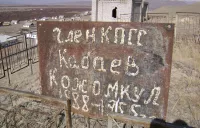
Kojomkul museum KG
Museum and village in the name of a local hero named Kojomkul. In a small museum you can see photographs, clothes of strongman .

Museum and village in the name of a local hero named Kojomkul. In a small museum you can see photographs, clothes of strongman .

We wouldn't expect to visit a big ski resort, Kolgokar is just a few wagons and a ski lift from the Soviet era. We don't necessarily ski, we come here to get some fresh air on weekends, enjoy a family picnic, go for a walk and drink with friends.
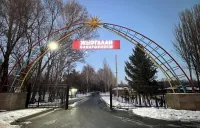
Sanatorium Djergalan with its mineral waters is recommended to visit all tourists of Karakol.The climatic-balneo-mud sanatorium "Djergalan" is loca
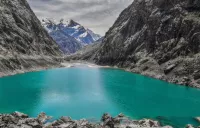

A visit to the Keremet Museum will allow guests to plunge into the atmosphere of the past, learn interesting facts and see historical treasures,The
The Abshir-Say valley is located 30km southwest of Nookat. Its river has its source in the Kichik-Alay chain.
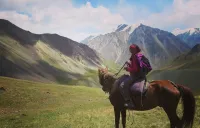
A difficult road cross this pass, through the Terskey Alatoo and permit to link the south shore of the Issyk Kul's lake to the Djiluu Suu vall
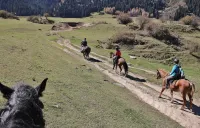
Yrdyk is a small village located approximately 7 kilometers west of Karakol city in Kyrgyzstan.
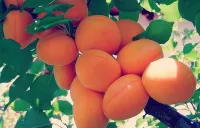
Kyzyl-Kiya is a city of the Oblast of Batken founded in 1898 by the armies of the tsar for the exploitation of coal, it takes the status of city in
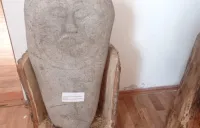
On the territory of Satу rural house of culture there is a local history museum "Taushelek".The local history museum "Taushelek" was opened on Janu
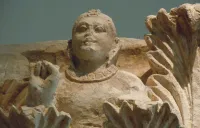
Termez (or Termiz) is one of the oldest cities in Central Asia: it is over 2,500 years old. In 2014 Termez was awarded the Order of Amir Timur.
Tsenkher Hot Springs, nestled in the Arkhangai Province of central Mongolia, are renowned for their natural beauty and therapeutic properties.
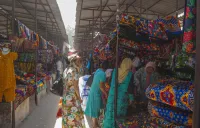
Ferghana is a flourishing city located in the far east of Uzbekistan.
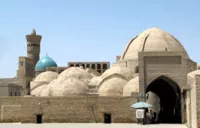
Inside Taki-Zargaron 36 shops and studios with warehouses.
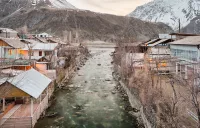
Qal'ai Khumb (Kalai-Khumb) is a small town located in the Gorno-Badakhshan Autonomous Province in Tajikistan on the border with Afghanistan.
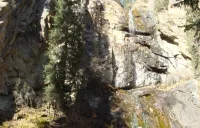
Barskoon waterfall is a geological protected area located in Jeti-Oguz District of Issyk Kul Province of Kyrgyzstan in 90 km to the south-west of K
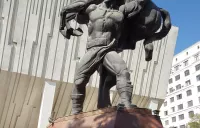
A monument dedicated to Kojomkul Kadaev, son of Kaba, is a shepherd born in the village formerly "8 March" in 1888.
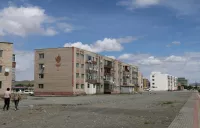
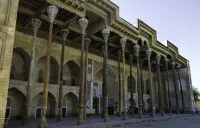
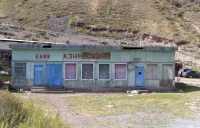
Issyk Ata valley, with its thermal baths, is located 80 km east of Bishkek. Sanatorium and outdoor swimming pools are the altitude of 1775m.
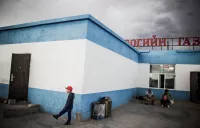
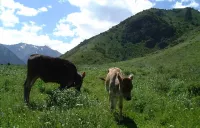
Nearly 60km south-east of Bishkek, the Kegeti valley lies between that of Issyk Ata and that of Shamshi.
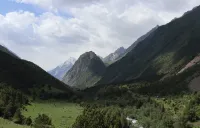
The Alamedin valley is one of the 2 valleys supplying water to the city of Bishkek. It lies to the east of the Ala Archa valley.
Join us on Facebook!
And keep updated with our tour promotions, or follow us on